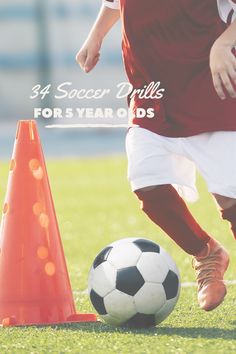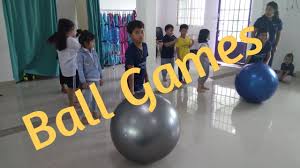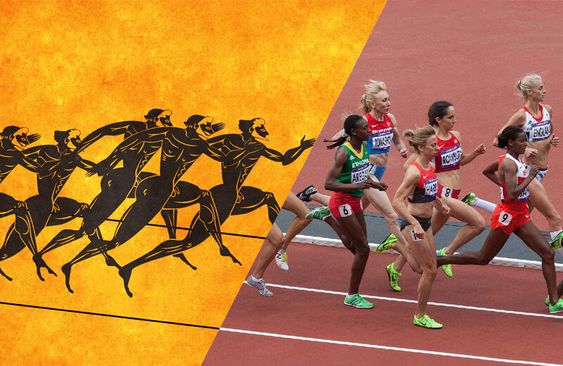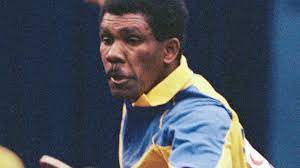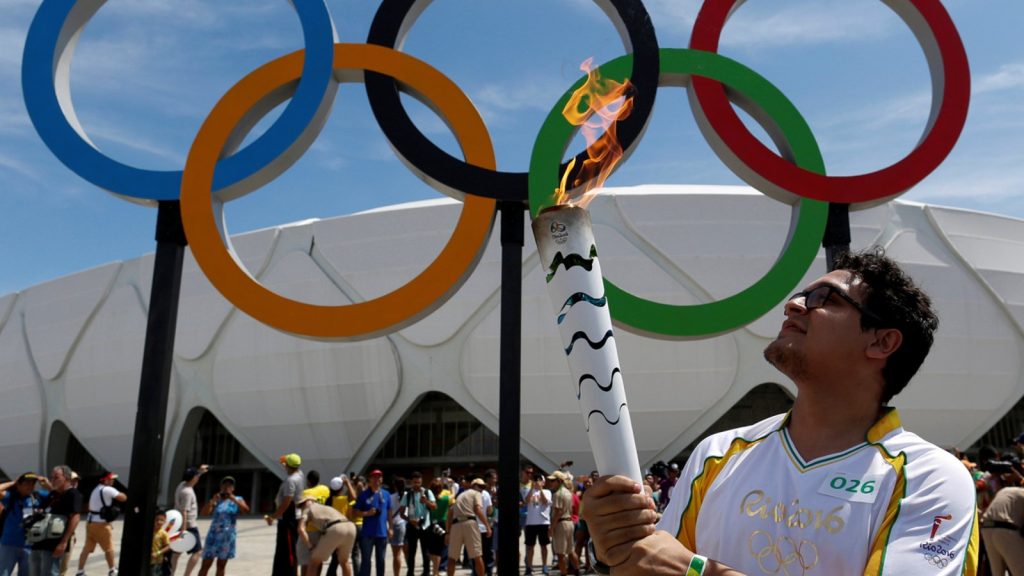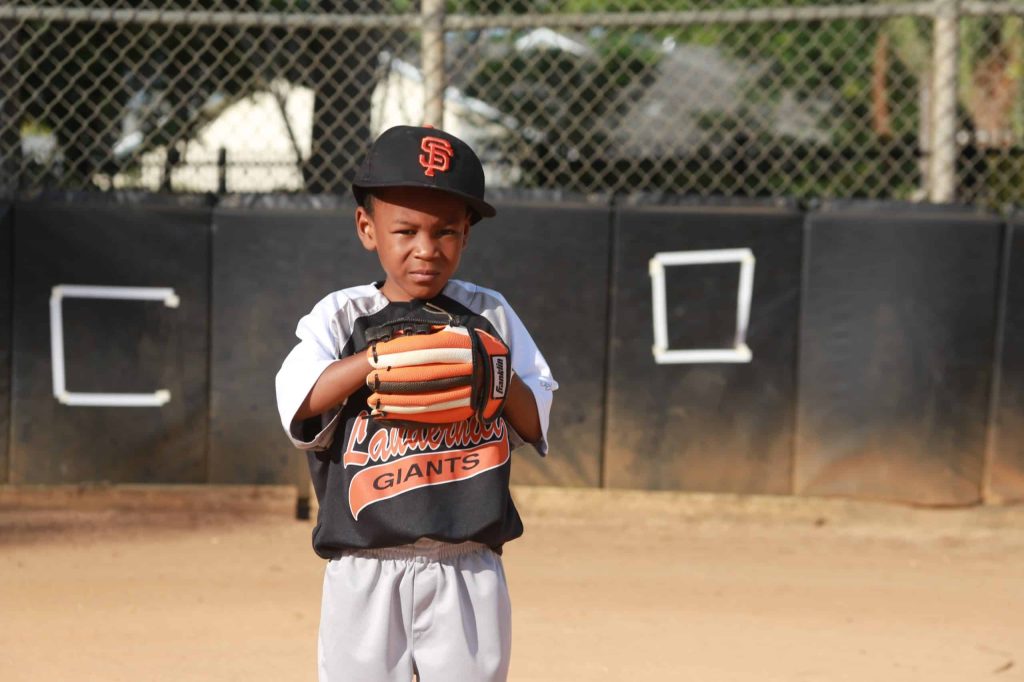Soccer Drill Task Cards have become an essential tool for coaches looking to streamline their training sessions. These handy cards offer a straightforward, visual representation of drills that can be easily understood and implemented by players of all ages. In today’s rapidly evolving world of soccer coaching, these task cards serve as a vital resource for keeping sessions organized, engaging, and effective.
Here are 10 Soccer Drill Task Cards that can make coaching easy:
1.Dribbling Relay: This card outlines a relay race where players are required to dribble through cones as quickly as possible. This drill improves close ball control and speed with the ball.
2.Passing Accuracy: Featuring a grid of targets, this card challenges players to pass the ball accurately through small gates to their partners. It’s an excellent exercise for honing passing precision.
3.Shooting Gallery: Designed to enhance finishing skills, this task card presents various shooting scenarios from different angles and distances, encouraging players to shoot with both power and placement.
4.One-Touch Passing: A drill focusing on fast-paced passing in quick succession, teaching players to think ahead and keep the ball moving with minimal touches.
5.Defensive Shaping: With diagrams highlighting player positioning, this card instructs a team on how to move as a cohesive unit when out of possession and form a compact defensive structure.
6.Headers & Volleys: A drill that allows players to practice aerial control and shooting techniques such as headers or volleyed finishes.
7.Crossing & Finishing: This setup entails wide players delivering crosses into the box for strikers to attack and convert into goals, simulating game-like scenarios.
8.Juggling Mastery: A fun but challenging card prompting players to work on their juggling skills with both feet, thighs, and head to improve overall touch and control.
9.Obstacle Course: Incorporating various skills such as dribbling, jumping over hurdles, and navigating through poles or cones with the ball at feet—great for agility and footwork development.
10.Corner Kick Routines: A tactical task card displaying different set-piece strategies for corner kicks, allowing teams to practice coordinated runs and creating scoring opportunities from these crucial moments in a game.
These Soccer Drill Task Cards serve not only as a guide but also as inspiration for coaches seeking new ways to engage their teams. By utilizing these cards effectively, coaches can spend more time on the pitch teaching rather than planning drills from scratch, ultimately creating a dynamic learning environment for every player involved.
